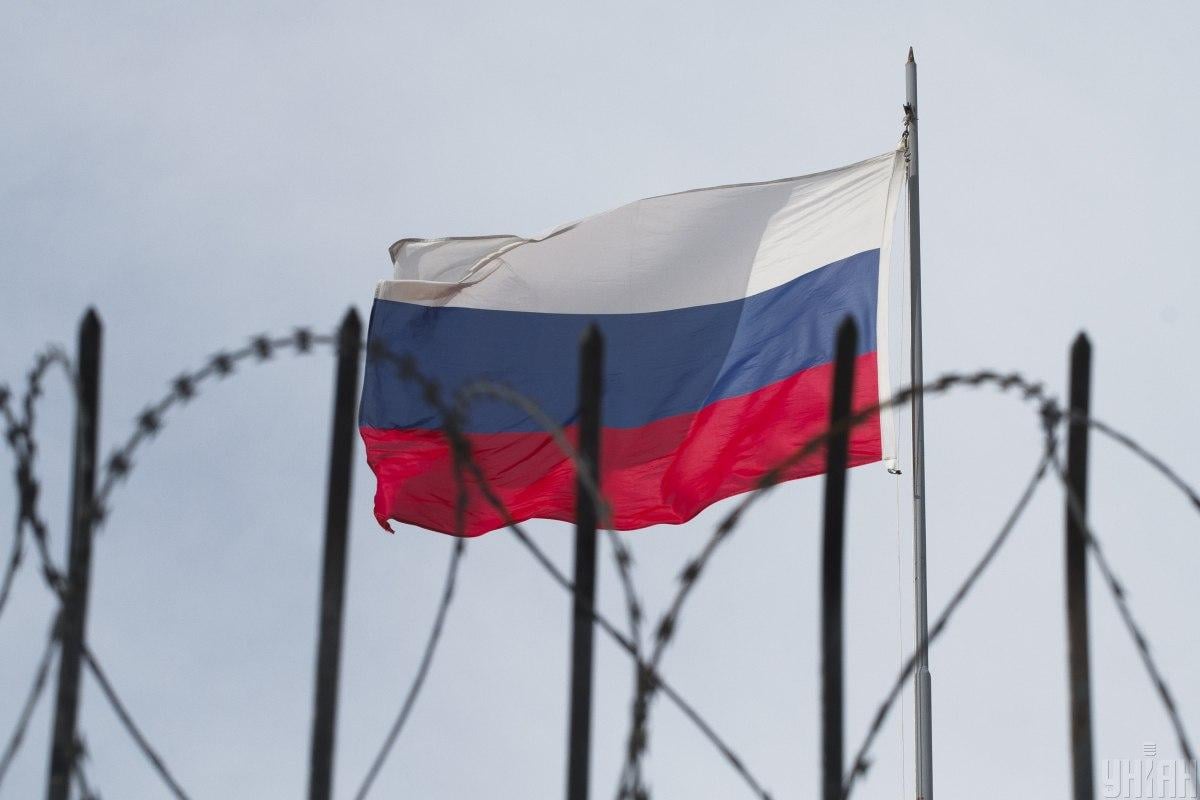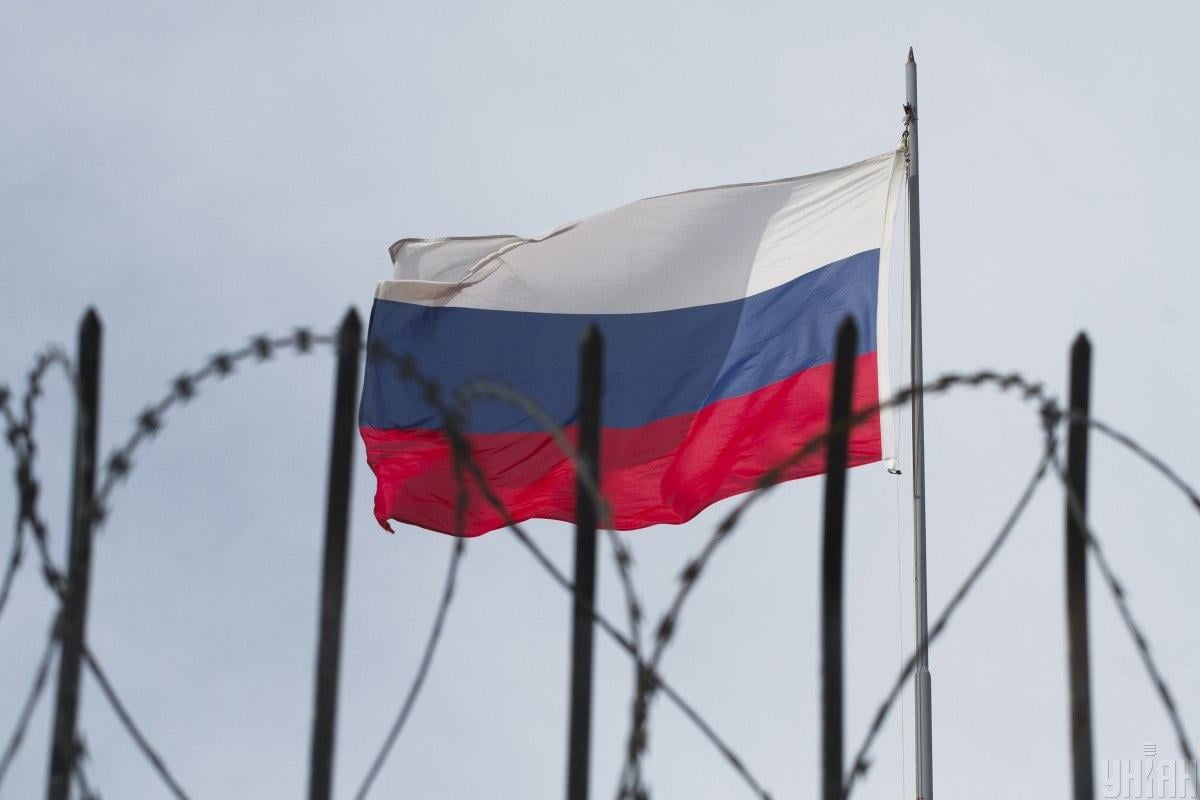“The financial basis of Putin’s policy looks increasingly fragile.”, — write: www.unian.ua
The financial basis of Putin’s policy looks increasingly fragile.
 Russia is engaged in mass printing of money / photo UNIANVladimir Putin is trying to convince the world that time is on his side, so the only way to end the war is to agree to his terms. The stability of the Russian economy has caused skepticism about Western sanctions, but it increasingly resembles a house of cards.
Russia is engaged in mass printing of money / photo UNIANVladimir Putin is trying to convince the world that time is on his side, so the only way to end the war is to agree to his terms. The stability of the Russian economy has caused skepticism about Western sanctions, but it increasingly resembles a house of cards.The Financial Times writes that high-ranking representatives of Russia’s ruling elite are already publicly expressing concern.
Many have pointed to figures showing steady growth, low unemployment and rising wages, but any economy based on total mobilization can produce such results.
The state has three methods – borrowing, inflation and expropriation. She should choose the most effective and painless combination. Putin’s vanity is that he can finance this war without financial instability and significant material sacrifice, but this is an illusion that is fading.
The report by the Russia analyst and former banker Craig Kennedy talks about the huge increase in the corporate debt of Russian companies. It has grown by 71% since 2022 and exceeds new household and government borrowing.
Putin took control of Russia’s banking system, obliging banks to lend to selected companies on preferential terms. The result of this was the flow of loans at rates lower than market rates, which are provided to profitable economic entities.
Basically, Russia is engaged in mass printing of money, which is carried out on the terms of outsourcing, so that it does not affect the state balance sheet. According to Kennedy’s estimates, the total is about 20% of Russia’s national output in 2023, which is comparable to the combined budget allocations for the war against Ukraine.
From the actions of the Kremlin, it can be judged that it considers two things unacceptable: weak public finances and rampant inflation.
The government avoids a significant budget deficit despite increased war-related spending. The Central Bank can freely increase the interest rate, which is already 21%. That’s not enough to knock down inflation, but it’s enough to keep prices from rising.
At the same time, as loans become “bad”, a credit crisis is emerging in Russia. In short, time is not on Putin’s side. He is sitting on a ticking financial time bomb of his own making. The main thing for the friends of Ukraine is to deprive him of the only means that could help him – access to foreign assets.
The measure blocked Moscow’s access to reserves worth about $300 billion, disrupted oil trade and limited the ability to import a number of goods. All this does not allow Russia to spend foreign revenues to cover the shortage of resources within the country. The strengthening of sanctions and the transfer of Russian assets to Ukraine as a first payment for reparations will strengthen these restrictions.
Frozen assets of the Russian Federation – the latest newsThe G7 countries undertook to provide Ukraine with a loan in the amount of 50 billion dollars, which will be repaid only at the expense of interest from frozen assets.
On December 24, 2024, Ukraine received a grant from the US in the amount of 1 billion dollars, secured by revenues from the frozen assets of the Russian Federation.
On January 6, it became known that British MPs publicly called for the frozen assets of the Russian Federation to be returned to Ukraine in order to give Moscow a clear signal that “the aggressors must and will pay.”
You may also be interested in news:
- Germany insists on a free trade agreement between the EU and the USA
- Putin’s booming military economy faces a downturn – Bloomberg
- In Russia, Rolls-Royce sales jumped: the company is spreading its hands
